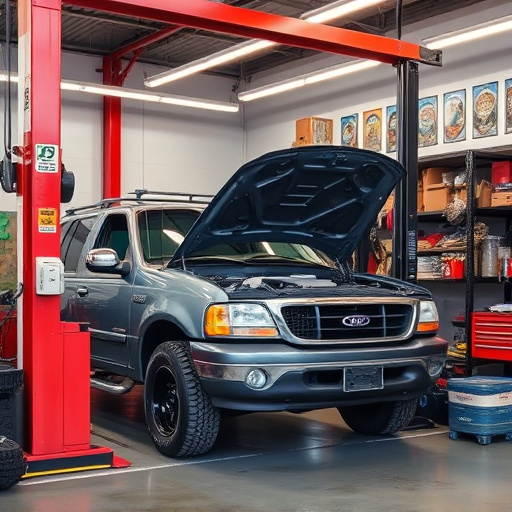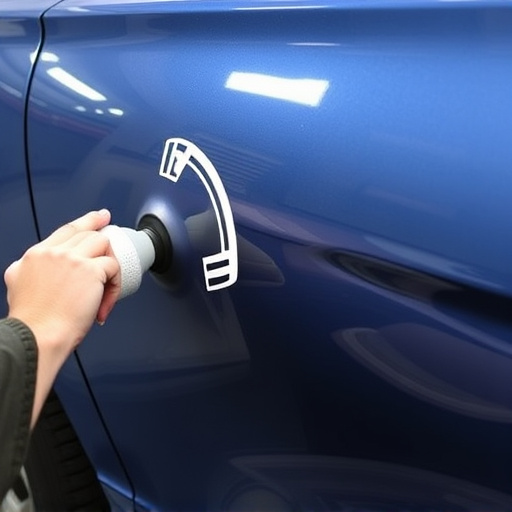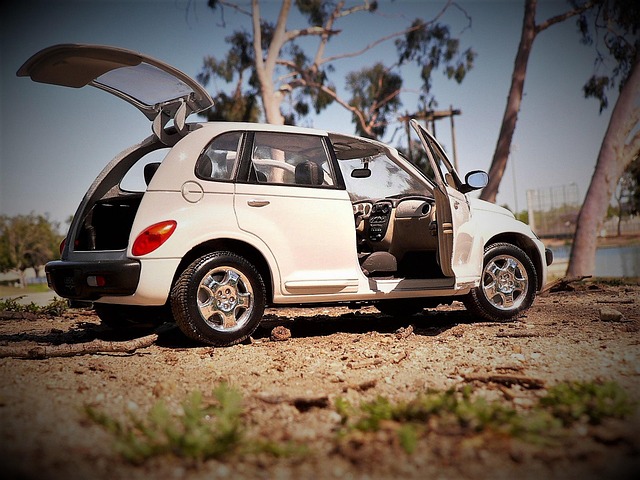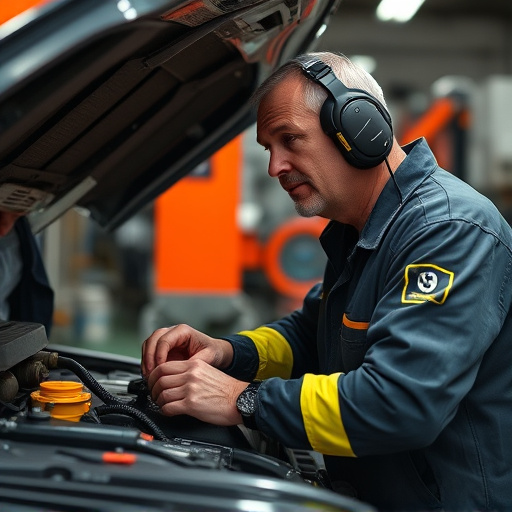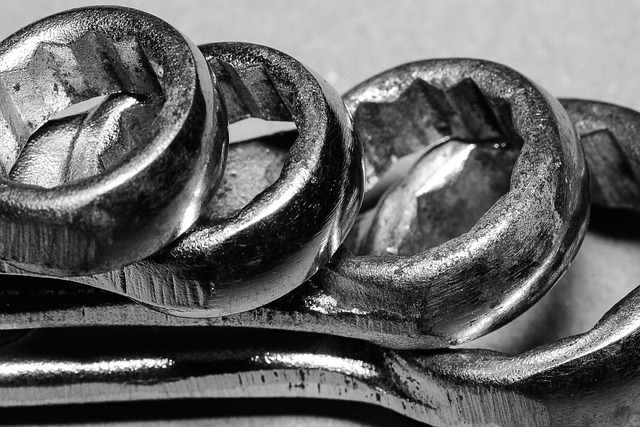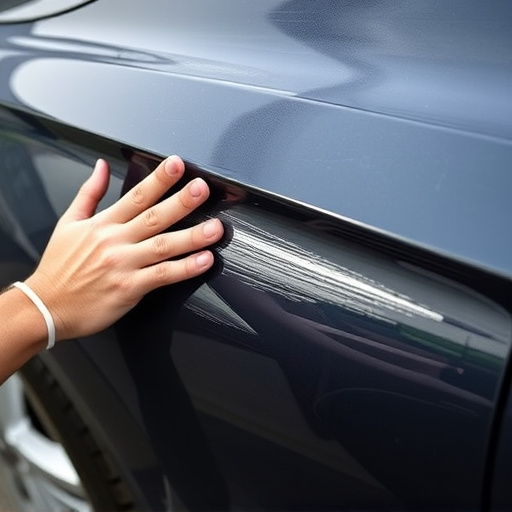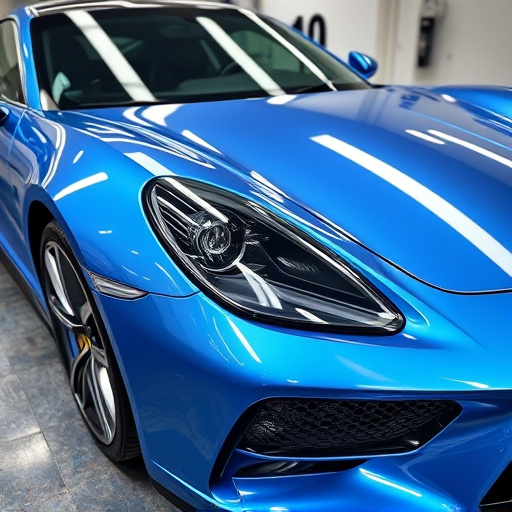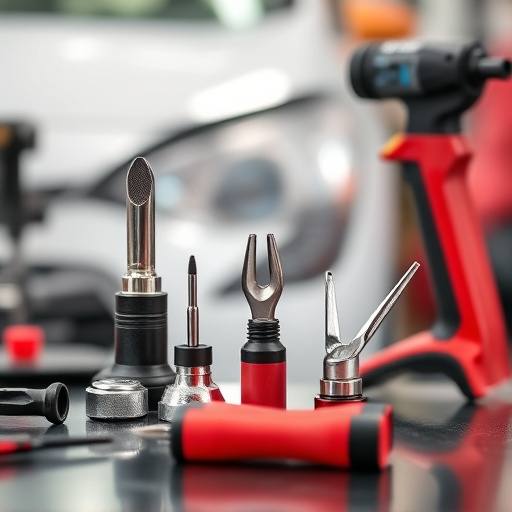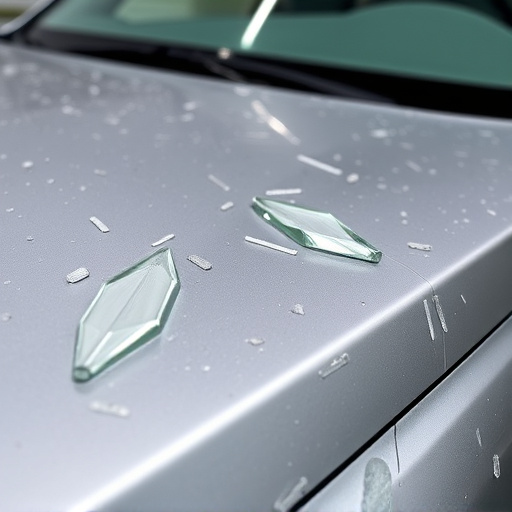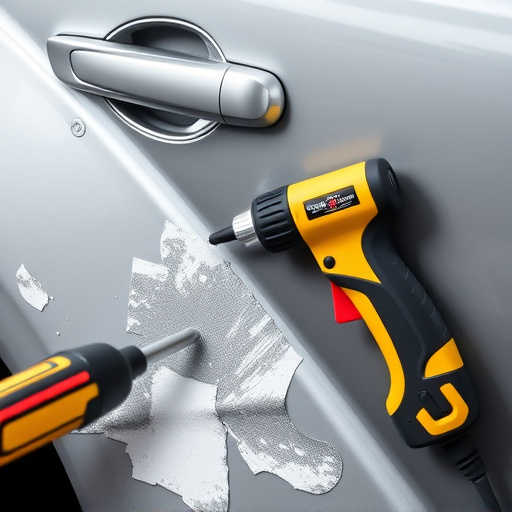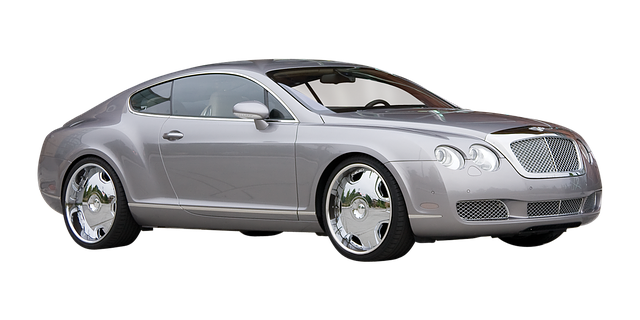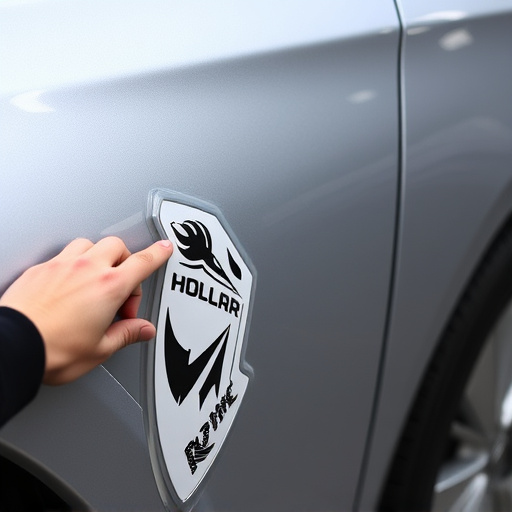After auto body panel replacement, prevent rust through meticulous preparation: cleaning, priming, undercoating. Regular inspections and prompt addressing of rust signs are crucial for structural integrity and repair work longevity. Use high-quality rust prevention paint/primer, focus on prone areas, incorporate regular washing and specialized treatments for enhanced protection.
After an auto body panel replacement, preventing rust is crucial to ensure your vehicle’s longevity. This comprehensive guide delves into the science behind rust formation post-repair and offers practical tips. We explore immediate measures like surface preparation and coating application for quick protection. Additionally, we discuss long-term strategies involving regular inspections, undercoating, and maintenance practices to safeguard your repaired panel from this relentless corrosion.
- Understanding Rust Formation After Body Panel Repair
- Essential Steps for Immediate Rust Prevention
- Long-Term Strategies to Protect Your Repaired Panel
Understanding Rust Formation After Body Panel Repair
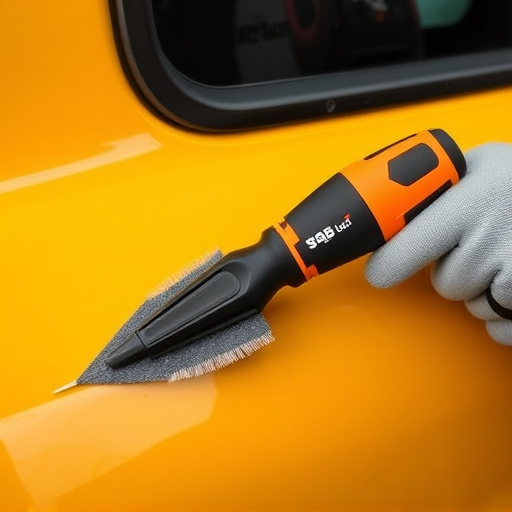
After auto body panel replacement, understanding rust formation is key to long-lasting vehicle protection. When metal surfaces are exposed due to collision damage and subsequent repairs like paintless dent repair or classic car restoration, they become vulnerable to oxidation, which leads to rust. This process accelerates in damp environments or when iron-based metals aren’t properly coated or treated.
Rust prevention starts with meticulous preparation. Collison repair centers should thoroughly clean the affected area, removing any debris or old paint. Priming and undercoating are essential steps that create a protective barrier against moisture and corrosion. Regular inspections and prompt addressing of any signs of rust are crucial to maintaining the integrity of the vehicle’s structure and ensuring the longevity of the auto body panel replacement work.
Essential Steps for Immediate Rust Prevention
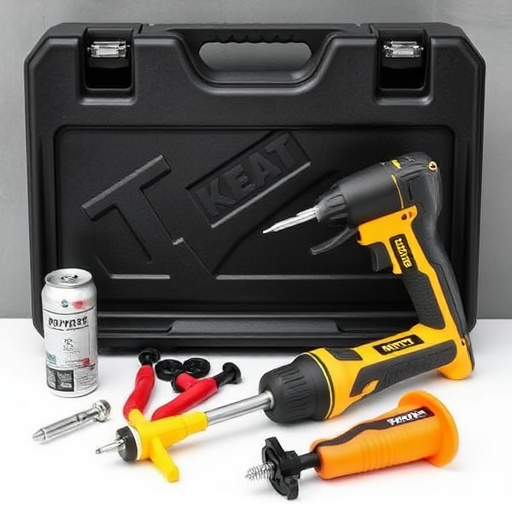
After an auto body panel replacement, immediate rust prevention is crucial to safeguard your vehicle’s longevity. The first step involves thorough cleaning of the newly installed panel. Use a mild detergent and water solution to remove any grease, grime, or manufacturing residue. Dry the area meticulously with a soft cloth to prevent moisture from becoming a catalyst for rust formation.
The next essential step is applying an undercoat or primer designed specifically to combat rust. This protective layer creates a barrier between the metal and potential contaminants, such as salt and moisture from the environment. Ensure even coverage to fill any gaps or imperfections, focusing on areas prone to hail damage repair or fender repair, common issues that can expose metal to the elements.
Long-Term Strategies to Protect Your Repaired Panel
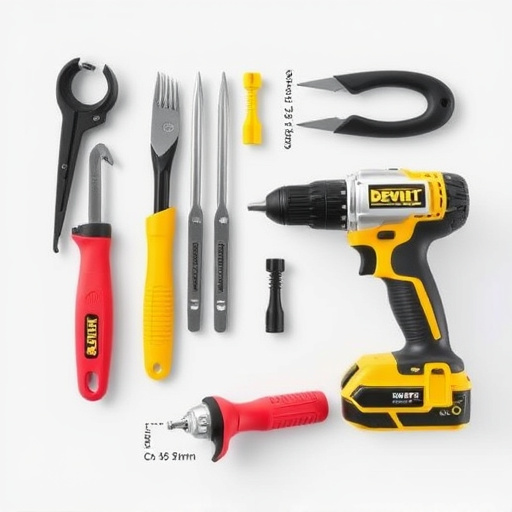
After successfully undergoing an auto body panel replacement, implementing long-term strategies is vital to safeguard your repaired panel and ensure its longevity. One effective method is to apply a high-quality coat of rust prevention paint or primer. This protective layer creates a barrier against moisture and corrosive elements, significantly reducing the chances of rust formation. Regular washing and inspection are also key practices. Wash your vehicle frequently, paying special attention to the repaired area, and check for any signs of damage, corrosion, or weak spots.
Additionally, consider using undercoat sealers designed specifically for auto body repairs. These products fill in gaps and cracks, preventing water penetration and rust build-up from the inside out. For those seeking a robust defense against rust, investing in Mercedes Benz collision repair services that offer specialized treatments can be advantageous. Such services often employ advanced techniques and materials to ensure your vehicle’s panels remain protected for years to come, contributing to excellent vehicle restoration and maintaining its aesthetic appeal.
After undergoing an auto body panel replacement, preventing rust is vital to ensure your vehicle’s longevity. By understanding rust formation and implementing both immediate and long-term strategies, you can protect your repaired panel effectively. These tips, including proper cleaning, coating, and regular maintenance, are essential for preserving the integrity of your vehicle’s exterior in the face of corrosive elements.


